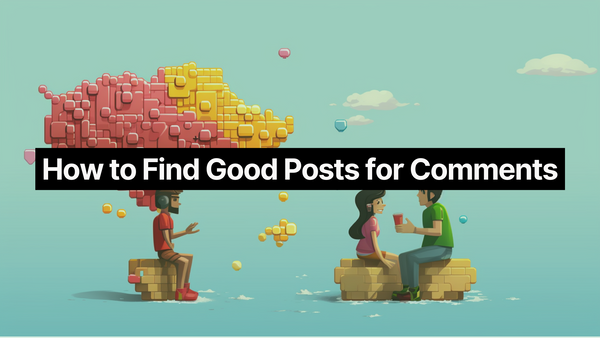How can you get your connection request accepted? By matching how the prospect uses the platform.
If your prospect is active every day – commenting and sharing their own content – you'll want a different approach than a prospect who simply uses it as a digital resume.
You'll need to adapt your messaging to match their preferred way of using social media.
When you're scanning through LinkedIn and your Sales Navigator lead lists, you will want to watch for the following three profiles:
1. Company Centric Profiles
About 90% of profiles fall into this bucket. This profile focuses on who do I work for? It's a digital resume, basically. Company centric profiles have job titles as their headline and branded images as their cover photo.
- Dead giveaway: They only reshare company content.
- Explore their experience section – what kind of jobs have they worked? What are they passionate about? What's something they need to learn to stay good at their job?
- Since these are usually profiles that don't have as much substance to them, also look through their volunteering and their recommendations. What do they admire? How do they talk about people they work with?
Not all of this information will be useful when you start building out messaging, but even the snap judgment of knowing "my prospect uses LinkedIn as a digital resume" is helpful in tailoring your approach.
2. Product Centric Profiles
About 8 or 9% of profiles fall into this bucket. This profile focuses on what do I sell and who do I sell to? Their headline is all about what they can sell you, especially in their headline. There is a wide range of these types of profiles, including some that blend personal branding into it.
- Dead giveaway: Their content is all about their product (demo videos, recent releases, and so on).
- Take the extra minute and see what they're engaging with – are their common topics of interest? Influencer posts they usually like or comment on? What is it they like to talk about?
- Poke around their recent content and see if there's an industry trend they feel passionate about. For example – posting a lot about a new AI tool in their product suite? Use that tidbit to connect with them over a shared passion.
These profiles are substantially more active than the company centric profiles, so they can be great first points-of-contact at a big account. Even if they're not a decision-maker, you can use all the context you gain from their engagement to build out effective messaging.
3. Personal Brand Profiles
About 1% of profiles fall into this bucket. This profile focuses on who am I and why does that matter? Once you've seen a few, they're very easy to pick out. Their headline is full of personality, they have Creator Mode on with hashtags, and they clearly have a "personal brand."
- Dead giveaway: Most of their content is "influencer" content or focused on their personal life.
- These are fairly rare profiles to stumble into at an account, so take a few extra minutes to really get to know what they're interested in and passionate about. Their content gives a big lens into their personality and passions.
Look at their engagement feed too – even though they have a personal brand, who else are they engaging with? What other topics interest them? Is there anything you might share in common with them?
It's like striking gold if you find a personal brand profile at an account you're prospecting. Most will be company centric profiles and a few will be product centric. But if you do run into one, leverage all of the available information you can glean about the prospect to build your messaging.
Get the full background on Episode 171: How to Research Prospects on LinkedIn.





